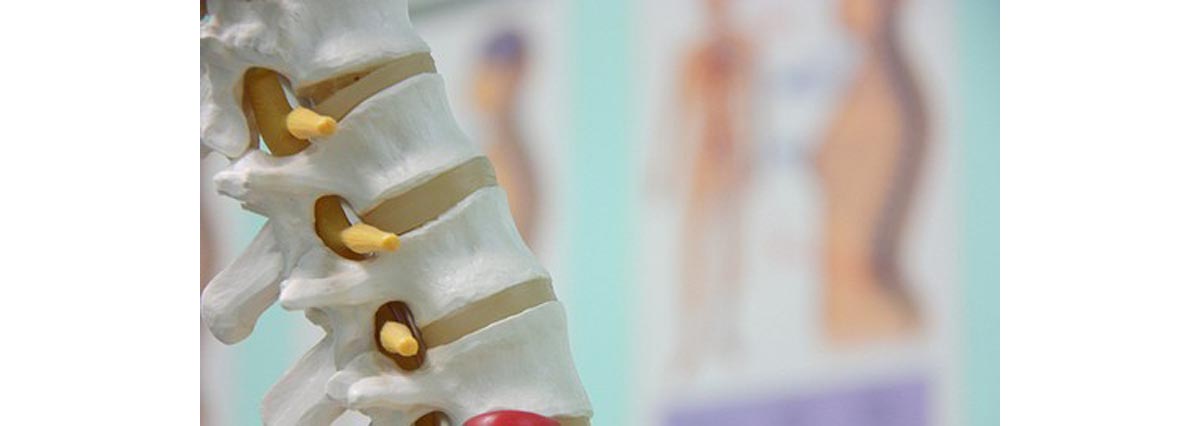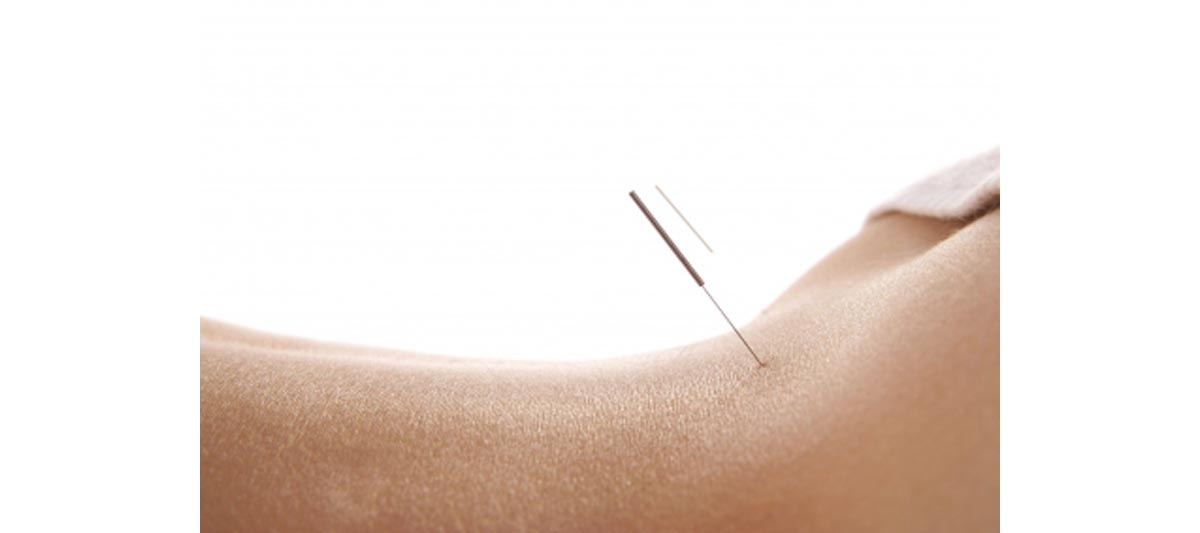Herniated, slipped or bulging discs are all common names for the same painful back injury. If you've suffered a herniated disc, you've likely spoken with a physician about a rest and recovery plan. Typically, corrective surgery is not recommended to people who have suffered a herniated disc, unless it is a chronic health problem. The most common and corrective remedy for a herniated disc is to improve the state of the structures surrounding the herniation to prevent it from occurring again.

In between the vertebrae of the spine, there is a squishy membrane, called a disc. Think of the disc as a jelly donut that rests between each of the bones of the spine to protect them. As the name suggests, a stress can cause the disc to bulge, slip or herniate out of place, usually slipping in a posterior direction (backwards).
The first part of the treatment for herniated discs is to reduce inflammation, which reduces pain. Your doctor may prescribe anti-inflamatory medications or muscle relaxants to make this possible. Once the pain is reduced, your mobility will remain limited, and you'll feel nervous to move in certain ways in case it triggers more pain. Once a disc slips, the herniation may become more likely to occur again.
Taking all these factors into consideration, a full and complete recovery from a herniated disc requires determination and hard work. No slacking out on your rehab!
How to Fix A Slipped Disc
Its not so much a question of how to fix a slipped or herniated disc as it is a question of reinforcing the areas around the injury site which help to correct the problem. Connecting the vertebrae are several tiny postural muscles. These should be strengthened and engaged at all times to avoid a recurring problem area.
Be aware of your limits
Strengthening these muscles should be done carefully and with full body awareness. Only you will truly know your limits, so listen to your body, and pay attention to what hurts, what feels weak, and know when to stop. Rather than taking advice from a friend who went trough a similar condition, seek the advice and assistance of professionals who can evaluate you and ensure that you are exercising correctly. Before beginning your strengthening regime, always get the green light from your physician or therapist. If you have the chance to exercise under supervision, do so.
Work the postural muscles
The postural muscles are the muscles that help keep you upright, and they include the abdominals, the intraspinatus (from one vertebrae to the next), supraspinatus, and serratus sections of muscle. These muscles vary in size and in specific function, but they all work together to create movements that we rarely give much thought to. These muscles are at work when we walk, stand, sit, reach and other basic movements. If one is not functioning well, something could easily go wrong in the area (including a herniated disc!!).
Exercises For Your Herniated Disc
When performing exercises for your herniated disc, it is important not to aggravate the problem. There are certain motions which are known to be risky. These include spine and trunk flexion. These are motions in which you bend forwards from the waist AND bend the spine forwards in a C shape at the same time. Generally, all forward bending motions, even if the back is straight, should be avoided until the later stages of rehab are reached.

What Not To Do When You Suffer From a Herniated Disc
-
Avoid reaching down to your toes: you will probably bend your back without intending on it because of tightness in the area
-
Don't do any exercises or stretches which require you to 'tuck', where the knees are brought up to the chest.
-
Avoid sit ups: this is another flexion which can cause you to unintentionally bend at the spine.
Here are safe exercises you can do to correct your herniated disc
Pelvic tilt
Standing with your feet shoulder width apart, relax your shoulders back, and contract the lower abs to rotate your pelvis forward and upward. Imagine tucking your tailbone between your legs. Hold the position for a few seconds, release and repeat. If this is too challenging, you can also do the exercise while you are lying on your side. Progress to 5-10 second holds, and then to walking while holding the tilt.
The Plank (bridged)
Lying face down on the floor, prop yourself up on your toes and forearms. Start in a bridged position if necessary, with the hips raised high. Hold for 10 seconds, relax, and repeat. Progress by lowering the hips gradually and increasing the active holding phase to 15 to 30 seconds.
Isometric Hip Flexion
Lie on your back with your knees bent at a 90 degree angle. Lift your feet off the floor while you are keeping your knees in the same position. Push your lower back into the floor (do a pelvic tilt), and brace your hands against your thighs. Keep your back stable as you push (without moving) up with your thighs into your hands. Hold the position for 5 to 10 seconds, relax and repeat. Gradually increase your active phase as you progress.
Glute Bridges
Lie on your back with your knees bent to 90 degrees to start this exercise. Keep your hands, feet and shoulders on the floor as you lift your hips off the floor, creating a straight body line from the chest to the knees. Perform reps of 2 second holds, and gradually increase to 5 and 10 second holds as you get stronger.
Hanging leg raises (*requires equipment)
Hang using elbow support on leg raise equipment which has low back support. Bring your knees up to the chest, performing as many repetitions as possible with good form. It is more important to have good form than to perform many reps!
Hip Flexor Stretch
Kneel down on your right knee, raising the right arm into the air. Contract and engage the glutes, and then gently lean forward to feel a stretch along the right thigh, and hip joint. Hold for 30- 60 seconds, then switch to the left leg.
If you can, ask your partner or a friend to "spot" for you to ensure that you maintain perfect form throughout. Your goal is to get stronger and to prevent your herniated disc from recurring, not to crank out as many reps as you can!
- “Corrective Exercise for Herniated Disc” By Rick Kaselj. Published November 2011. Accessed January 2012. Retrieved from: exercisesforinjuries.com/corrective-exercises-for-herniated-disc/
- Photo courtesy of chiropractic on Flickr: www.flickr.com/photos/chiropractic/3812188391

